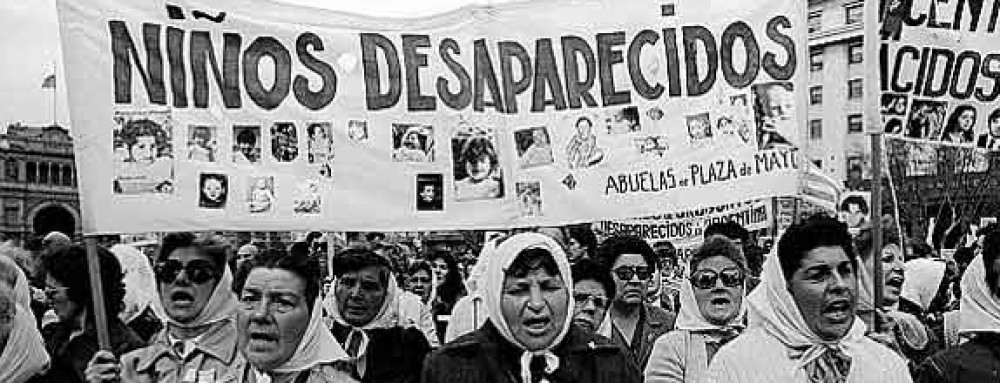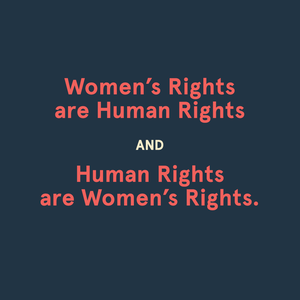As a “90’s kid” I grew up watching a lot of raunchy 90's and
2000’s comedies. I loved slapstick comedies. A lot of these movies had Jim Carry in
them. He is goofy, fun, and generally known for his funny faces and
over-the-top silliness. But recently, (that is, since taking some Women’s
and Gender Studies Classes in university, and being introduced to feminism for
the first time), I re-watched one of my old favourites, Me Myself and Irene,
and I was… pretty disgusted. How did I ever used to like this? Putting aside
the ridiculously ableist premise of the film, (Man gets diagnosed with a mental
illness that makes him dangerous when he doesn’t take his meds – HA!), just
about all of the jokes when a woman is in the frame, are misogynistic, at the expense of the only female
character in the movie. This got me
thinking; are any of my other old Jim Carry favourites any better?
Representation in the media is important. How we view types of people in movies generally
shapes how we feel about those types of people in real life.
I decided to revisit some other old Jim Carry movies from
the 90’s that I used to love to see how they stand the test of time, and how
well they hold up to today’s standards of representation and feminism.
So, if Hollywood ever wanted to remake any of these,
(because come on, everything’s getting a remake these days), how could these classic slapstick comedies be fixed to satisfy the ever
more “woke” audiences of today?
I will be critiquing them on four criteria:
a. The movie has to have at least two women in it,
b. who talk to each other,
c. about something besides a man
a. Does the female character has a narrative arc
b. that is not about supporting a man's story.
3 Overall, were most of the jokes at the expense of women, or other specific groups?
4 What would I change
in the Remake?
(I’m going to avoid the whole “gender swap” remake thing that Ghost Busters did. While it would be really cool to see these movies remade with a funny actress in the lead, for the sake of this article it just seems like a cop-out.)
(I’m going to avoid the whole “gender swap” remake thing that Ghost Busters did. While it would be really cool to see these movies remade with a funny actress in the lead, for the sake of this article it just seems like a cop-out.)
The story of a “nice guy” who is always being walked on by
his coworkers, his friends, and the women in his life. When he finds a magical
mask, it transforms him into the man he’s always wanted to be (which just
happens to also be an out of control, walking cartoon cliché). He ends up robbing a bank, dancing with the lounge singer, and –
SPOILERS saving her from being held hostage by the mob.
Bechdel Test: FAIL. There are four female characters total, two of
which could be considered main characters (Tina the lounge singer and Peggy the
reporter), and two of which are walk-on characters (Stanley’s friend from work and
his landlady). None of these characters ever meet or talk to each other.
Mako Mori Test:
FAIL. Neither of the two female characters have character arcs of their own,
independent from the male lead’s story.
Overall, were most of
the jokes at the expense of women, or other specific groups?
Overall, the jokes were actually very well done. Mostly. There
were a couple jokes that play off of some old cultural stereotypes, such as the
“Pepe Le Pew French lover” stereotype. When The Mask meets up with Tina in the
park he becomes the Pepe Le Pew type character and basically just goes on about
how much he wants to have sex with her. It comes across as kinda rapey, just
like the old Pepe Le Pew cartoons do. In real life, being pushy with someone
about sex isn’t exactly charming.
Basically, whenever either Tina the lounge singer, or Peggy
the reporter are in the scene, the jokes usually have some sort of sexual
connotation. When the women are not in the scene, then Jim Carry’s jokes go
back to being goofy, cartoon-inspired antics. Also, both of the female
characters rely on their sexuality to trick the male characters in the movie.
The other thing that I hope Hollywood pop-culture has
overcome is the idea presented in this movie that “Nice Guy” equals “Doormat”.
In the movie, Stanely Ipkiss (Jim Carry) is constantly being walked on by his
coworkers, his friends, and the women in his life. By the end of the movie, he
learns to stand up for himself, in a climactic scene where he has to fist-fight
the bad guy in order to save the girl. Today, I hope that Hollywood has
realised by now that there are many different ways to present masculinities,
and that being “nice” doesn’t automatically make a man “weak” or lesser. It
shouldn’t have to take a fist-fight for a man to become worthy of respect.
What would I change
in the remake?
Stanley Ipkiss is still a doormat character. But instead of
everyone calling him “too nice” and a “nice guy”, the supporting characters are
always telling him he needs to stand up for himself once in a while. Stanley
has low self-esteem. Then he finds the mask and becomes his crazy, cartoonish
persona. He still falls for the lounge singer, Tina. But Tina also, has plans
to escape the lounge that is run by the mob. She has been working on a plan to
run away for a while, which is accidentally, thwarted by The Mask and his antics.
There is a scene where Tina gets to wear the mask. (In the original, the
protagonist, the antagonist, and the dog get to wear it, but Tina doesn’t?). In
the climactic scene from the original movie, Stanley has to save Tina and a
bunch of party guests from the mob boss and his bomb. In the remake, Stanley
and Tina can work together to save the party guests in the lounge and the bomb
from the mob boss. And by saving the lounge, and the party guests, Tina is able
to complete her plan to escape working for mob. Was that so hard?
Summary: A man is sent to a remote monastery to get Ace (Jim
Carry) to solve an important case: A missing sacred bat. Ace is hired by a big
game hunter and wildlife conservationist to investigate the case by gaining the
trust of two rival African tribes.
Bechdel Test:
FAIL – I can think of four instances of women talking in this movie. Of those
instances, there was one time two female characters talked to each other (a
mother and daughter) but it was about the male lead.
Mako Mori – HA
no. There is only one recurring female character in the movie, that is to say, she
is in more than one scene. And surprise! She’s only there to be the love
interest, scratch that, the sexy lamp.
Overall, were most of the jokes at the expense of women, or other specific groups?
Yes, very similar humour to The Mask, more on that in a bit.
What would I change
in the remake?
A simple fix for Ace Ventura: When Nature Calls would be to
give Ace’s native African guide, Ouda, and the Watchati princess, both more
fleshed out, well-rounded characters. While the whole premise of the white guy
coming into the foreign culture and making fun isn’t exactly without its problems, having some more interesting character development in the native
African tribes people would help to humanise their characters instead of being
broad stereotypes.
Noticing a Trend
After watching Ace Ventura When Nature Calls, and The Mask,
and talking to some friends about some of Jim Carry’s other old 90’s movies, we
noticed a trend. It seems that a lot of
these old 90s Jim Carry movies tend to follow the exact same type of humour:
Woman on the screen? Make sexual jokes about her or directly to her. No woman
on screen? Go back to being silly and cartoony.
Also, in the case of Ace Ventura When Nature Calls,
apparently, it’s okay to disrespect other peoples’ cultures if it’s for a joke
in the movie too.
Final Thought
Maybe I’m being too hard on the Jim Carry movies. It is
possible that a lot of slapstick movies from the 90s are just as bad at their
representation of women and minorities. Take for example, the Scary Movie
franchise, The Naked Gun movies, or anything with Adam Sandler; all of which
could have definitely used some richer character development for their female
and minority characters. More research is needed here.
Have the slapstick movies of today gotten any better? I
would argue that, while there is an increasing number of slapstick movies being
made with women as the primary funny characters, (Ghost Busters, Bridesmaids,
The Heat), there are still far more slapstick comedies with male leads, where
the only females are either the “nagging wife” or the prize at the end of the movie.
…Honourable Mention goes to Mike and Dave Need Wedding Dates, by having a well gender-balanced cast of funny characters in a silly, slapstick movie.















